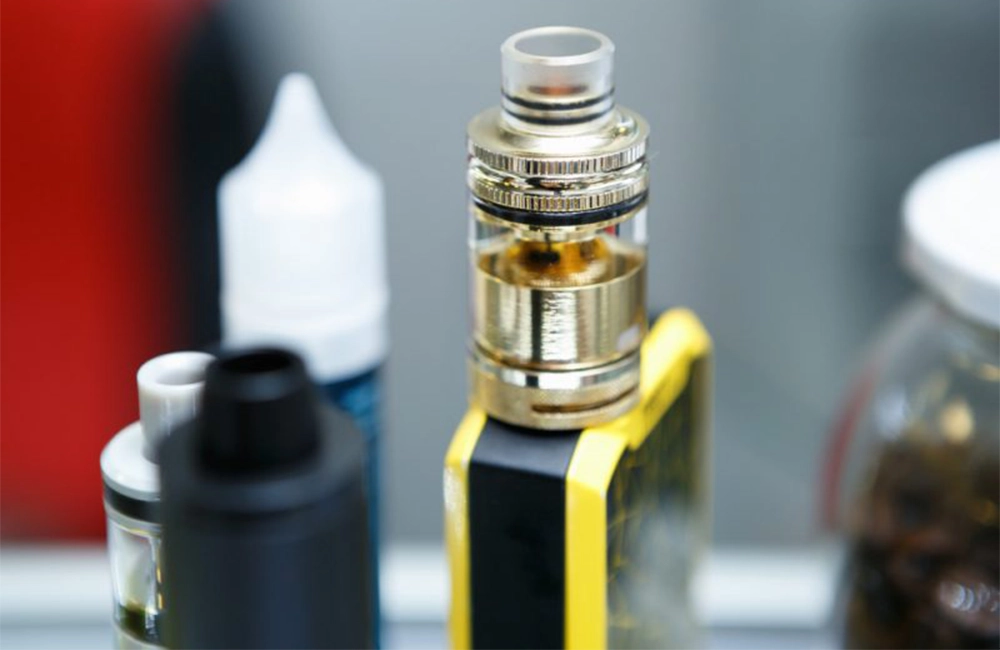Inhalant Abuse
Inhalant abuse is the intentional inhaling of chemicals, meant to create the feeling of being “high” and obtaining feelings of euphoria. Individuals who abuse inhalants often become dependent on them, based on their high level of accessibility. As opposed to other forms of drugs that are obtained through dealers or prescriptions, inhalants can be found in regular household items.
Although not as popular as they were in the 90’s, inhalants continue to be an issue, specifically for younger generations. The reason for this may be because of the level of accessibility as well as the affordability. Inhalants can be created from items such as nail polish, common house cleaners, hairspray, etc.
If you suspect that someone you know may be abusing this type of substance, there are signs to watch out for. If you’re wondering ‘What are the signs of inhalant abuse?’, consider the following symptoms that may tip you off.
Physical Symptoms
When looking for signs of inhalant abuse, physical signs will be much easier to spot with this drug than others. One of the first tell-tale signs of use may be paint stains on the user’s face, or they may carry a strong smell of solvents on them.
Someone who has just recently used will likely have symptoms similar to that of someone who is intoxicated, including having slurred speech, nausea and disorientation. It can also be helpful to look for dilated pupils, and a lack of appetite.
Long-term physical effects of inhalant use include weight loss, lack of coordination, weakness and mood swings.
So, what are the signs of inhalant abuse in a user’s home? Physical signs to look out for include an excess of empty containers and canisters. Collections of empty items such as paint cans, cleaners and air compressors can all be signs, as well as rags saturated in liquids like paint thinner or gasoline.
The Most Dangerous Symptoms
The outward physical appearance of an inhalant user may make their addiction known, but the most dangerous effects of inhalant use cannot be seen.
Less obvious signs include varying levels of damage to body parts such as the liver, the heart, the kidneys and bone marrow.
For those individuals that use inhalants heavily and over a long period of time, the lungs are continuously filled with gas instead of fresh air. Serious effects of this act can include irregular heartbeats, suffocation, seizures and brain damage. Those users who inhale gasses from containers such as whipped cream canisters may experience severe headaches, glaucoma or blindness. Of the most serious symptoms of inhalant use, comatose and even death can occur.
What to Do
Individuals who are addicted to inhalants will require rehabilitation just as much as someone who is addicted to alcohol or heroin. Although inhalants are much easy to access, they can be just as deadly to the health of an individual; those who start early are likely to experience long-term effects that disturb their health for years to come.
If you’re wondering ‘What are the signs of inhalant abuse?’, consider these suggested symptoms. Keep in mind that not all individuals will demonstrate the same signs; however, if many of the suggested signs are present it may be time to speak to your friend or family member about their potential inhalant dependency.
Related article: How to Overcome Inhalant Abuse?







